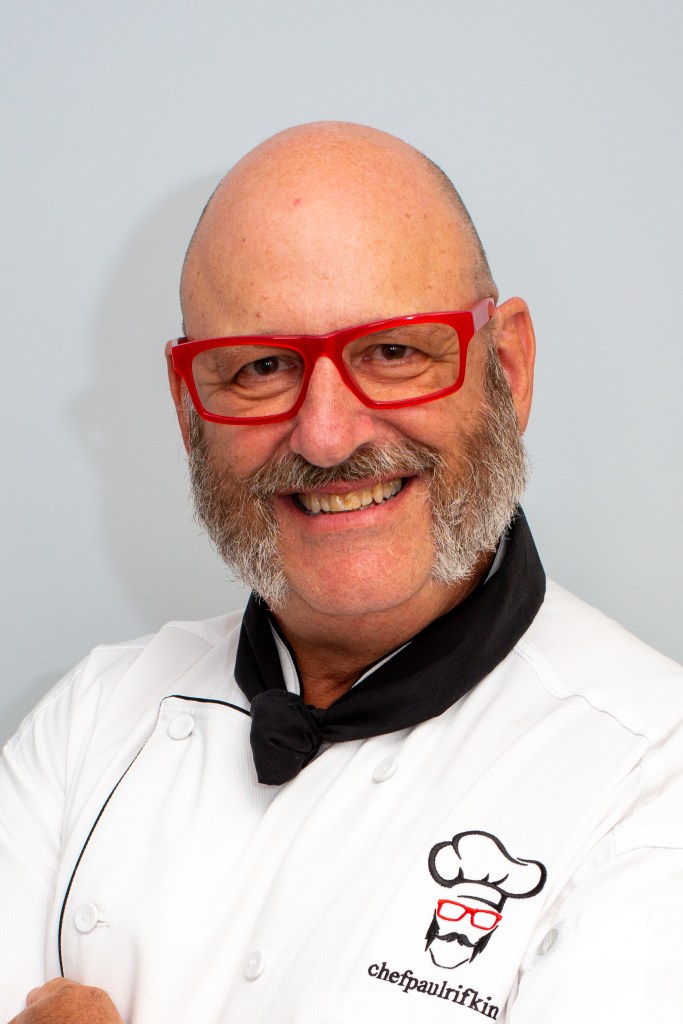It’s more important now than ever to get costs under control. As prices continue to be volatile and trend upwards, customers are tightening their wallets and are becoming very sensitive to price adjustments.
If you’re a shrewd chef or operator, there’s a good chance you have a costing program or process in place. These ensure that your food costs and menu prices are aligned to produce the predicted gross profit, correct?
Unfortunately, this is incorrect for many operators and chefs. Why? It’s because many times, what is costed, doesn’t match what is served, with variations of up to 100 per cent uncovered.
For example, the in-house process of using free hands to portion steaks can be out by 50 per cent. Some chefs are very good at this, whereas others struggle.
My recommendation is to always consider purchasing pre-portioned cut steaks if the average weight is out by more than five per cent. A butcher is more skilled at portioning steaks – and if the weights are too low or high, you can always send them back, or request a price adjustment to match the agreed amount. Often the price difference is not worth doing it in-house, especially if control is weak.
Free-hand portioning during the heat of service is always fraught with mixed results. In the case of pasta, it’s often out by as much as 100 per cent.
For more expensive products like squid or diced chicken breast, it can be a very costly exercise if the cost and profit don’t match up. Pre-portioning into takeaway containers is often the solution. It might require more labour, but the failure to have accurate portions can be more expensive.
Potato is a product that leaves the kitchen in various forms: chips, mashed, or chats. Often it gets returned to the kitchen and hits the bin because many times, it’s being served at twice the amount the customer comfortably enjoys. But control here is an easy change by using portioning scoops or baskets.
Like potatoes, side salads get piled onto plates and mainly end up in the bin. But I know one chef who caught onto this and switched the typical side salad to a garnish-size coleslaw. He managed to reduce purchasing seven boxes of salad to one. The best part, most customers didn’t even notice.
I hope this gives you some ideas on how to reign in your food costs to match your costing programs.

Paul Rifkin: Head Chef Mentoring and
Fine-Tuning Specialist for Club Catering
chefpaulrifkin consulting

